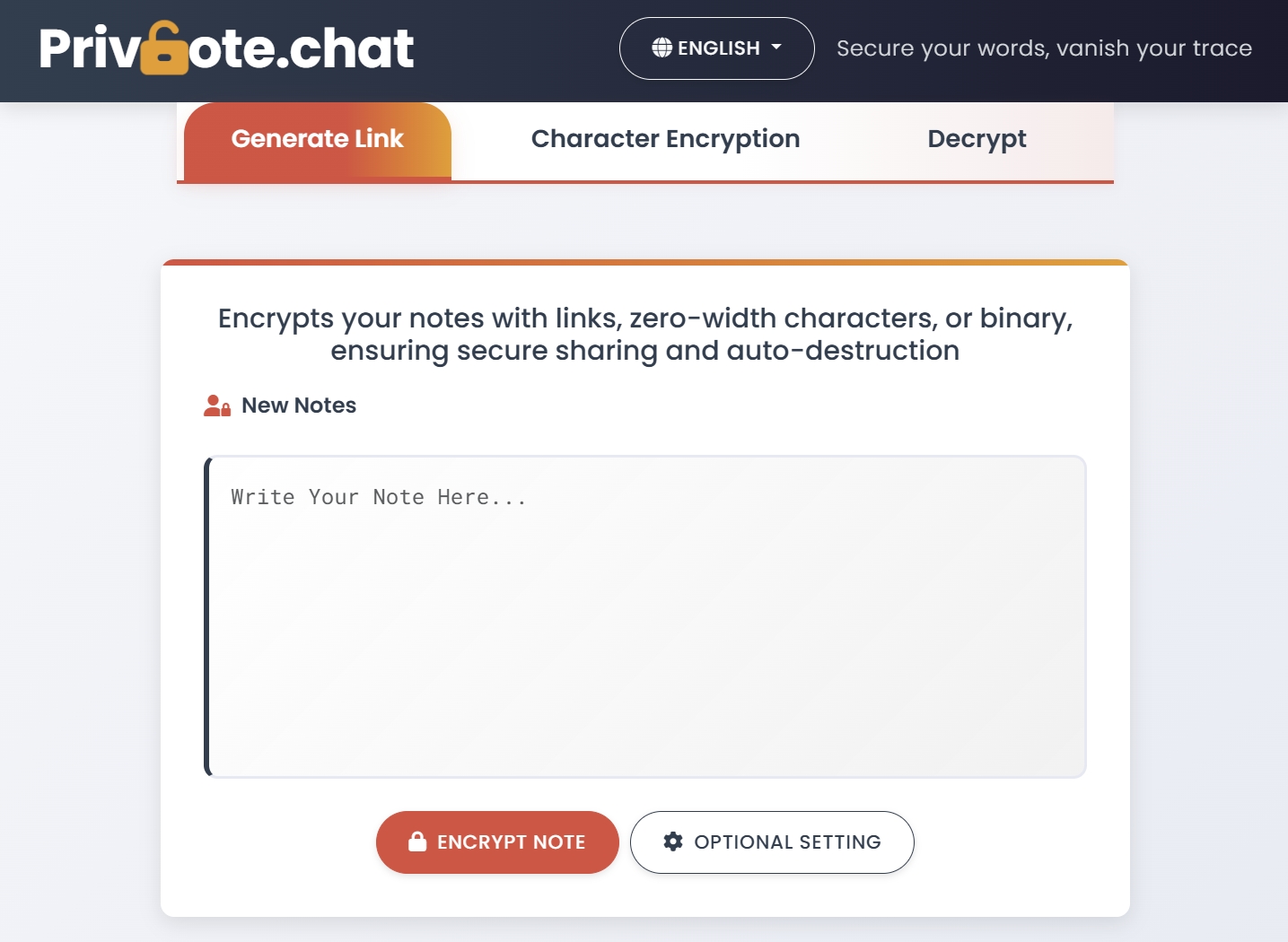Email Security Best Practices: Protecting Sensitive Communications

Introduction to Email Security Challenges
Email remains one of the most widely used communication tools in both personal and professional settings. However, its ubiquity also makes it a prime target for security threats. In 2024 alone, over 70% of data breaches involved email as an attack vector, highlighting the critical need for robust email security practices.
Despite advances in security technology, email platforms still face numerous vulnerabilities that can expose sensitive information to unauthorized access, interception, or theft. This comprehensive guide explores essential email security best practices to help protect your sensitive communications in today's increasingly complex threat landscape.
The Risks: Why Email Security Matters
Before diving into best practices, it's important to understand the specific risks associated with email communications:
1. Phishing Attacks
Phishing remains the most common email-based attack, with attackers impersonating trusted entities to trick recipients into revealing sensitive information or downloading malware. These attacks have grown increasingly sophisticated, with spear-phishing targeting specific individuals using personalized information.
2. Man-in-the-Middle Attacks
Without proper encryption, emails can be intercepted during transmission, allowing attackers to read or modify the content before it reaches the intended recipient.
3. Account Compromise
Weak or stolen credentials can lead to unauthorized access to email accounts, potentially exposing all historical communications and attached files.
4. Data Leakage
Inadvertent sharing of sensitive information through email can lead to compliance violations, intellectual property theft, or privacy breaches.
5. Email Permanence
Standard emails exist indefinitely on servers and in recipients' inboxes, creating long-term security risks even after initial communications.
Essential Email Security Best Practices
1. Implement Strong Authentication Measures
- Multi-Factor Authentication (MFA): Enable MFA for all email accounts to prevent unauthorized access even if passwords are compromised.
- Strong Password Policies: Use complex, unique passwords for email accounts and change them regularly.
- Single Sign-On (SSO): For organizations, implement SSO solutions with strong security controls to manage access efficiently.
2. Encrypt Email Communications
- Transport Layer Security (TLS): Ensure your email provider uses TLS to encrypt emails during transmission.
- End-to-End Encryption: For highly sensitive communications, use end-to-end encryption solutions that prevent even service providers from accessing content.
- S/MIME or PGP: Consider implementing these encryption standards for email authentication and privacy.
3. Use Self-Destructing Messages for Sensitive Information
- Ephemeral Communication Tools: Services like Privnote allow you to send self-destructing messages that automatically delete after being read.
- Timed Access Controls: Set expiration times for sensitive email links or attachments to limit the window of vulnerability.
- Secure Link Sharing: Instead of sending sensitive information directly in emails, use secure, time-limited links to protected content.
4. Develop Email Awareness and Training
- Phishing Awareness: Train yourself and team members to identify phishing attempts and suspicious emails.
- Regular Security Updates: Stay informed about emerging email threats and security best practices.
- Clear Communication Policies: Establish guidelines for what types of information should never be sent via standard email.
5. Implement Technical Safeguards
- Email Filtering: Use advanced spam and malware filtering solutions to prevent malicious emails from reaching inboxes.
- Data Loss Prevention (DLP): Implement DLP tools to detect and prevent sensitive information from being improperly shared via email.
- Email Security Gateways: Deploy comprehensive email security solutions that provide multiple layers of protection.
- DMARC, SPF, and DKIM: Implement these email authentication protocols to prevent email spoofing and phishing attacks.
Beyond Traditional Email: Alternative Secure Communication Methods
1. Secure Messaging Platforms
For highly sensitive communications, consider dedicated secure messaging platforms with features like end-to-end encryption, message expiration, and screenshot prevention.
2. Self-Destructing Notes
Privnote and similar services provide a secure alternative to email for one-time sensitive communications, ensuring that information doesn't persist indefinitely.
3. Encrypted File Sharing
Use secure file-sharing platforms with access controls, encryption, and audit logging for sending sensitive documents rather than email attachments.
4. Secure Client Portals
For businesses handling sensitive client information, dedicated secure portals provide a more controlled environment than email.
Special Considerations for Different Sectors
Healthcare
Healthcare organizations must ensure HIPAA compliance when communicating patient information. Standard email often fails to meet these requirements, making alternatives like encrypted messaging systems or patient portals essential.
Finance
Financial institutions should implement additional security measures for email, including strict encryption policies, enhanced authentication, and secure client communication portals for sharing sensitive financial information.
Legal
Law firms handling privileged client communications must protect attorney-client privilege through secure email practices, including encryption and careful management of email retention policies.
Using Privnote as a Complement to Email Security
While implementing comprehensive email security measures is essential, services like Privnote provide an additional layer of protection for your most sensitive communications:
- One-Time Viewing: Privnote messages self-destruct after being read, eliminating the risk of persistent sensitive data.
- No Account Required: Unlike email, Privnote doesn't require account creation, reducing the attack surface.
- Password Protection: Add an additional layer of security with password-protected notes.
- Reference Number: Use reference numbers instead of revealing the actual content in notifications.
- Encrypted Transmission: All Privnote communications are encrypted in transit and at rest.
For high-risk communications, consider using Privnote instead of email by creating a self-destructing note and sharing the secure link via your regular email platform. This approach combines the convenience of email with enhanced security for the actual sensitive content.
Conclusion: A Layered Approach to Email Security
Email security requires a comprehensive, layered approach that combines technical controls, user awareness, and complementary secure communication tools. By implementing the best practices outlined in this guide, you can significantly reduce the risks associated with email communications while ensuring that sensitive information remains protected.
Remember that no single security measure is foolproof. The most effective email security strategy combines multiple protective layers and recognizes when to use alternative, more secure communication channels for your most sensitive information.
Start implementing these email security best practices today, and consider incorporating tools like Privnote into your secure communication strategy to provide maximum protection for your sensitive information in an increasingly complex threat landscape.